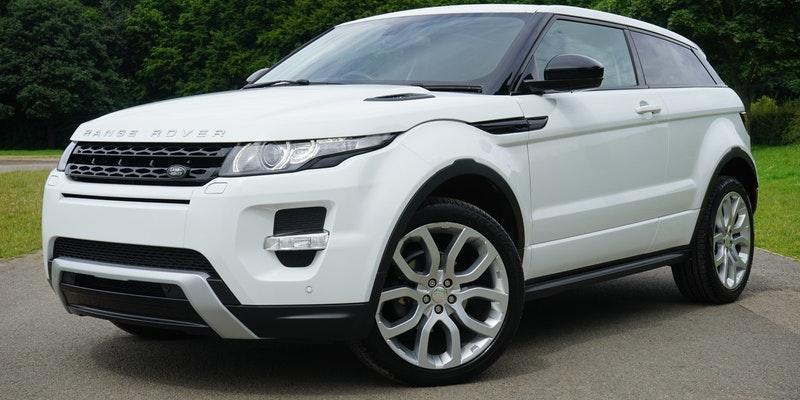Auto insurance is mandatory to help protect drivers and passengers in the event of an accident. When you buy a car, before you can put it on the road and drive, you need to have auto insurance. In fact, you will need to show proof of insurance before you can even register the vehicle. The requirements of registering a vehicle are a driver’s license, a bill of sale or proof of ownership, and proof of auto insurance which is usually referred as a pink card. In this article, we’ll go over the types of insurance coverages available and describe which ones are mandatory.
Minimum Insurance Requirements
Before you can drive your car, you need to show proof of having at least the minimum insurance coverage required. In Alberta, it is mandatory to have personal liability and property damage (PLPD) coverage as well as accident benefits.
Minimum Coverage Requirements
Mandatory minimum insurance requirements denote the amount of coverage that must be obtained. In the province of Alberta, a driver must be covered for a minimum of $200,000 in third party liability coverage (PLPD). This amount would be used to cover any damage to property of others or death caused due to your negligence while driving your car. It’s highly recommended that drivers be covered for up to $1 million in third party liability coverage. If costs of damages exceed the amount of third-party liability coverage, the at-fault driver would be personally responsible for the excess amount.
Accident Benefits
Accident benefits cover the costs related to injury or death caused by vehicular accidents. Expenses arising from medical attention, ambulance services, rehab services, loss of wages or funeral expenses would be covered by accident benefits.
Optional Insurance Types
Beyond the mandatory PLPD coverage, there are three main types of optional insurance available to drivers in Alberta. Collision Coverage takes care of costs related to replacing or repairing your damaged vehicle regardless of who was at-fault in the accident. Comprehensive Coverage will cover costs related to non-vehicular accident events such as theft, fire or damage caused by the weather. You can also get optional specified perils coverage which covers a very limited number of perils compared to the perils under comprehensive coverage.
Insurance Endorsements
There are also additional add-ons to an insurance policy that are called endorsements. These can be used to provide you with a rental car in case your car is being repaired in a body shop after an insured loss, protect you from rate increases in case you have a minor accident, protection for your family in case of another uninsured driver hits you and is at fault or protection against depreciation of your vehicle.
About the Author
Kristopher Parks graduated with a Bachelor’s in finance at the University of Calgary. He has over 10 years of experience in the insurance industry as an agent/broker. He enjoys spending his free time with his family by going to hockey games and camping. If you’d like to contact him, you can do so at his LinkedIn.












